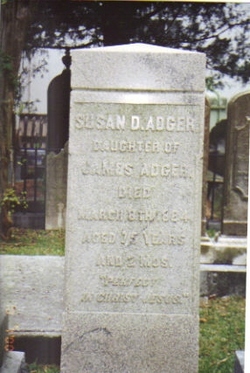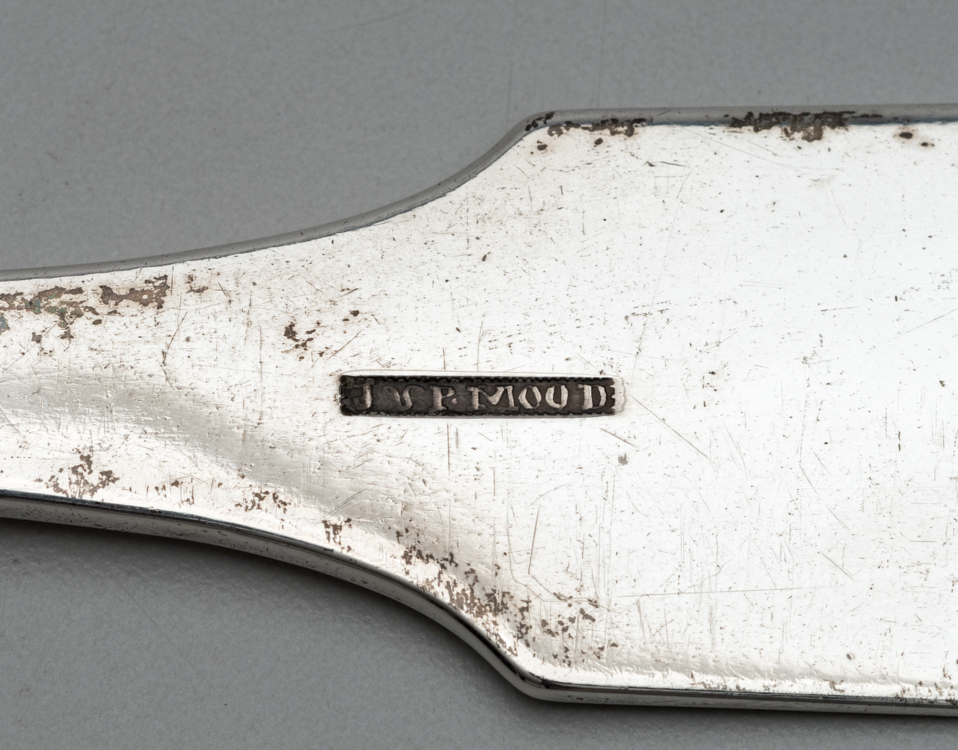Today, we went around Downtown Charleston and visited 10 churches. All of the churches we visited were very beautiful, but I would have to say that my favorites were Second Presbyterian Church, St. Mary's Roman Catholic Church, First Scots Presbyterian Church, Circular Congregational Church, and St. Phillips Episcopal Church. The churches below are listed least favorite to most favorite by personal prefernce.
 5. St. Phillips Episcopal Church
This church is located at 142 Church Street. It was founded in 1681 and is the oldest European American religious congregation in South Carolina. The first St. Philip's Church was a wooden building which was built between 1680 and 1681 that was originally on the corner of Broad Street and Meeting Street.
5. St. Phillips Episcopal Church
This church is located at 142 Church Street. It was founded in 1681 and is the oldest European American religious congregation in South Carolina. The first St. Philip's Church was a wooden building which was built between 1680 and 1681 that was originally on the corner of Broad Street and Meeting Street.
Unfortunately, it was damaged during a hurricane in 1710 and a new St. Phillip's Church was built a few blocks away on Church Street. After being delayed it was finished in 1723, but again, it burned to the ground in 1835. Work on the present church was begun that same year and completed the next. The steeple was added between 1848 and 1850.
Although this church was damaged and rebuilt recently, I truly think it has one of the most beautiful sites of the churches in Charleston.
4. Circular Congregational Church
This church is located at 150 Meeting Street. One really intresting fact about this church is that it was founded in 1681 and hold the city's
oldest graveyard dating back to 1695. This church was also the first
meeting house in Charleston which gave Meeting Street (where the church is located) it's name. The circular hall was built in 1804, but burned in 1861. Bricks from the "Old Circular" were used in building the present sanctuary which was completed in 1892.
Another interesting fact about this church is that they don't believe in making decisions based off of one priest themselves, but as a congressional whole. They meet and discuss their beliefs but decide as one how to respond to certain situations.
One thing that is also very intresting to me is the way the church was built and the structure of it. As you can see in the picture, it has a unique structure. The church also has a very large church yard, which is understandable since it is the oldest dating churchyard in Charleston.
3. First Scots Presbyterian Church
This church is located at 53 Meeting Street. This church is the
fifth oldest congregation in Charleston.
It was founded in 1731 when 12 Scottish families left the Independent Meeting House, which is now known as the Circular Congregational Church, to worship themselves according to the Church of Scotland. The current church was built in 1814.
One thing that stood out to me was the beautiful fence in front of the church and the lights shining on it as pictured. Another
thing that is very aesthetically
pleasing to me is there are also palm trees surfaced around the church which adds a more Charleston look to the church.
2. Second Presbyterian Church

T
his church is located at 342 Meeting Street. In 1731, many families left the White Meeting House to create the first Presbyterian Church that strictly followed the Church of Scotland. When this church started growing and gaining more members, a second church was built in 1809. They believe the Holy Scriptures to be the voices of many who have come before us, inspired by God to pass along their poems, stories, accounts, and letters of response and relationship with each other and the living God.
This was one of my favorites not only because of the structure in the way it was built but also because it had more deceased from this century rather than earlier on. One thing that intrigued me was how there was large columns in front of the church with a more square top, which is unusual in churches. It is also located in the back of a park, with the churchyard wrapping around the sides of the church. It is currently under construction so we couldn't go inside, but even with that going on it still looks beautiful from the outside.
 1. St. Mary's Roman Catholic Church
This church is located on 89 Hassle Street and was founded in 1789. One interesting thing about this church is that it is the mother church of Catholicism for the Carolinas and Georgia. The structure of this church is also very intriguing to me, it is off of King Street, so it is in a very popular area in Downtown Charleston, but also you can tell that there is a lot of history associated with this church and it's graveyard.
1. St. Mary's Roman Catholic Church
This church is located on 89 Hassle Street and was founded in 1789. One interesting thing about this church is that it is the mother church of Catholicism for the Carolinas and Georgia. The structure of this church is also very intriguing to me, it is off of King Street, so it is in a very popular area in Downtown Charleston, but also you can tell that there is a lot of history associated with this church and it's graveyard.


As you notice from the pictures, the graveyard wraps around the church in the back. It has a very pretty walkway with stones. The setup of this churchyard is very aesthetically pleasing to me.
One thing that also caught my attention was this statue to the right. It is sitting on a pedestal on the left side of the churchyard. I'm sure it has significant meaning to the church, and it gave me a sense of comfort when walking through the churchyard.

 The grandchild of Susan wrote about her stating,"My grandmother was Susan Dunlap Adger Smythe Bennett of Charleston, South Carolina. her husband was John Bennett of Chillicothe, Ohio, who moved south for his health, and having married a Charleston girl he made Charleston his home. He was a writer. In fact, he was inducted into the South Carolina Academy of Authors on March 20th.
The grandchild of Susan wrote about her stating,"My grandmother was Susan Dunlap Adger Smythe Bennett of Charleston, South Carolina. her husband was John Bennett of Chillicothe, Ohio, who moved south for his health, and having married a Charleston girl he made Charleston his home. He was a writer. In fact, he was inducted into the South Carolina Academy of Authors on March 20th.





























